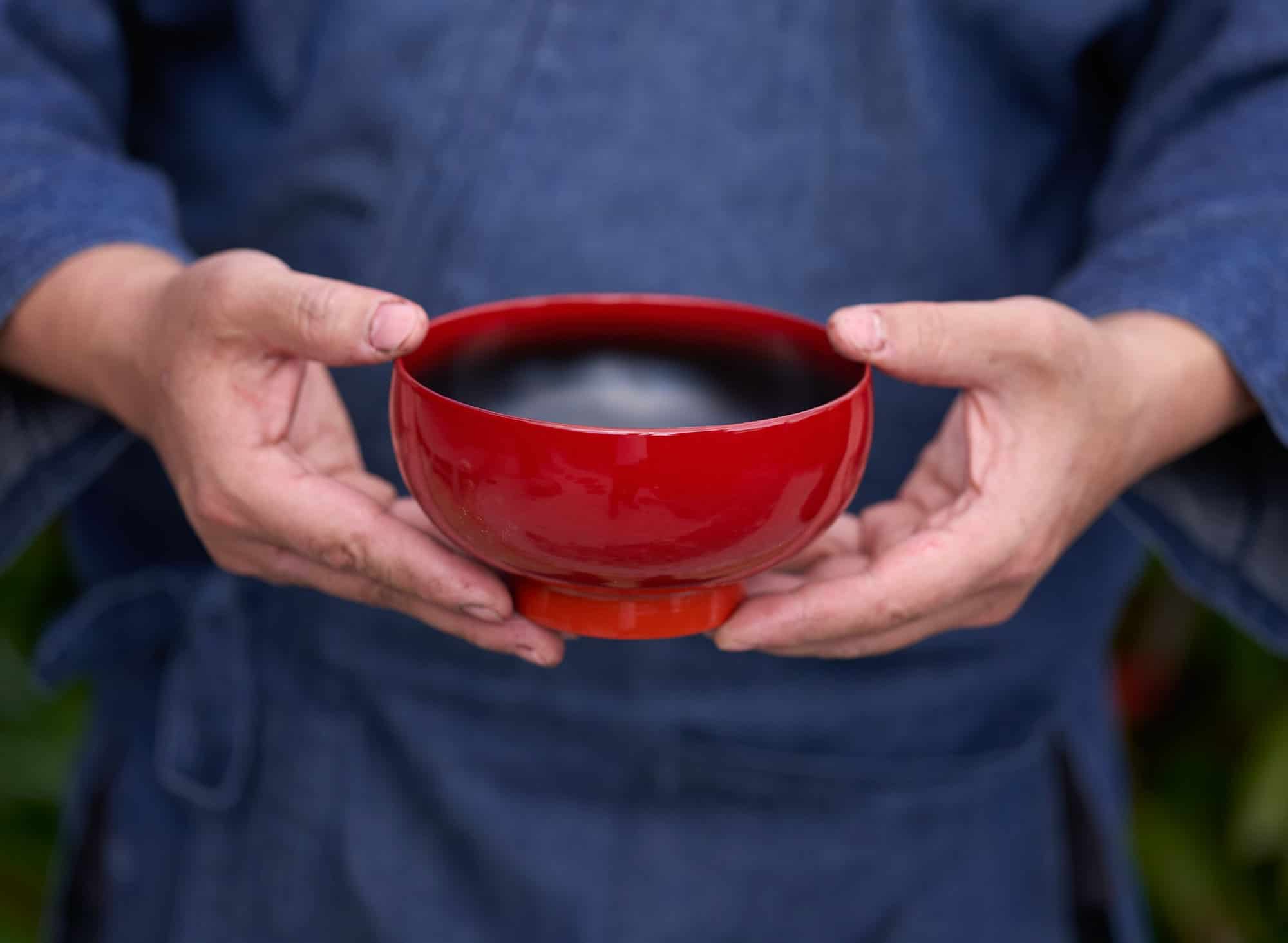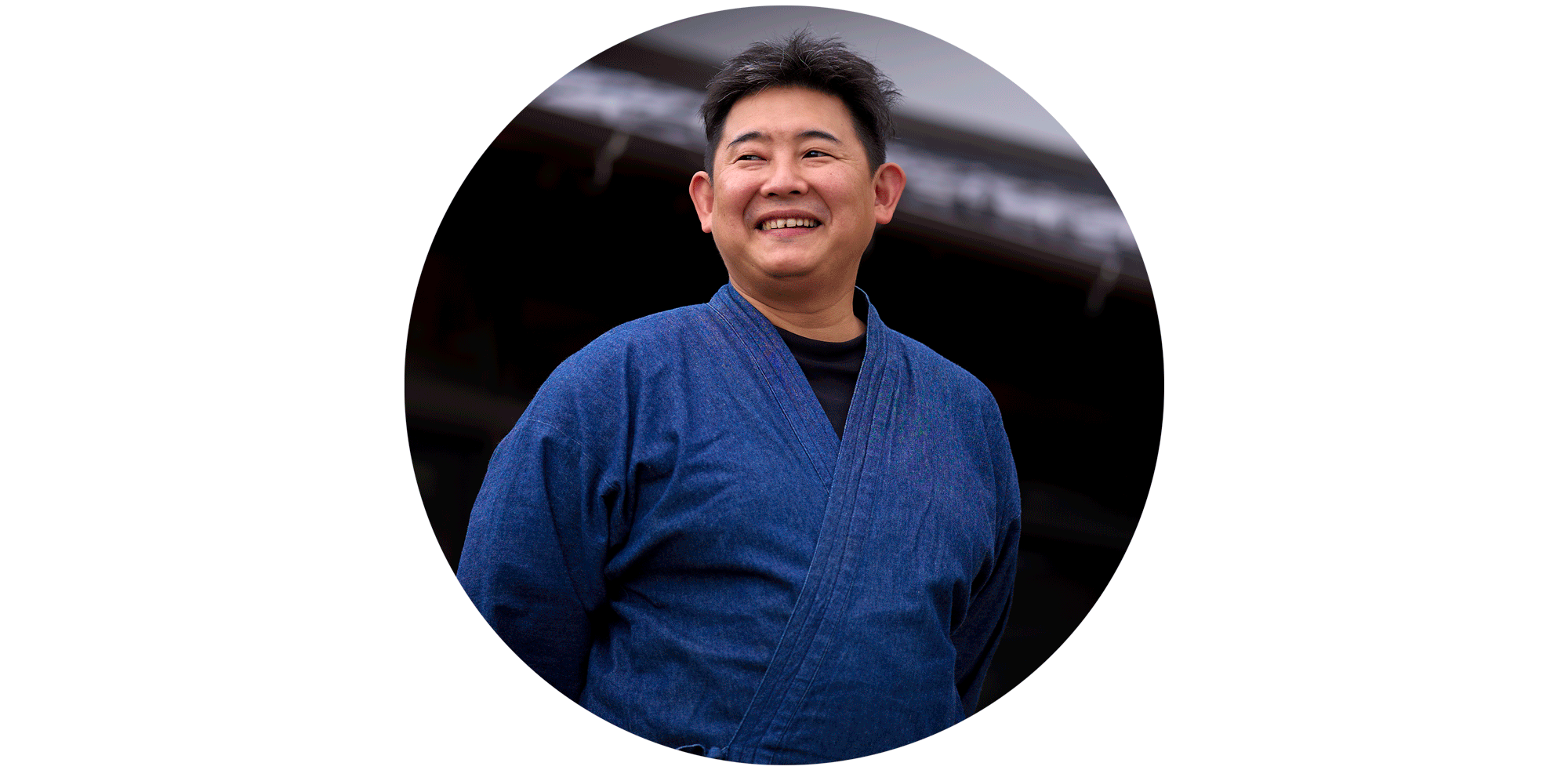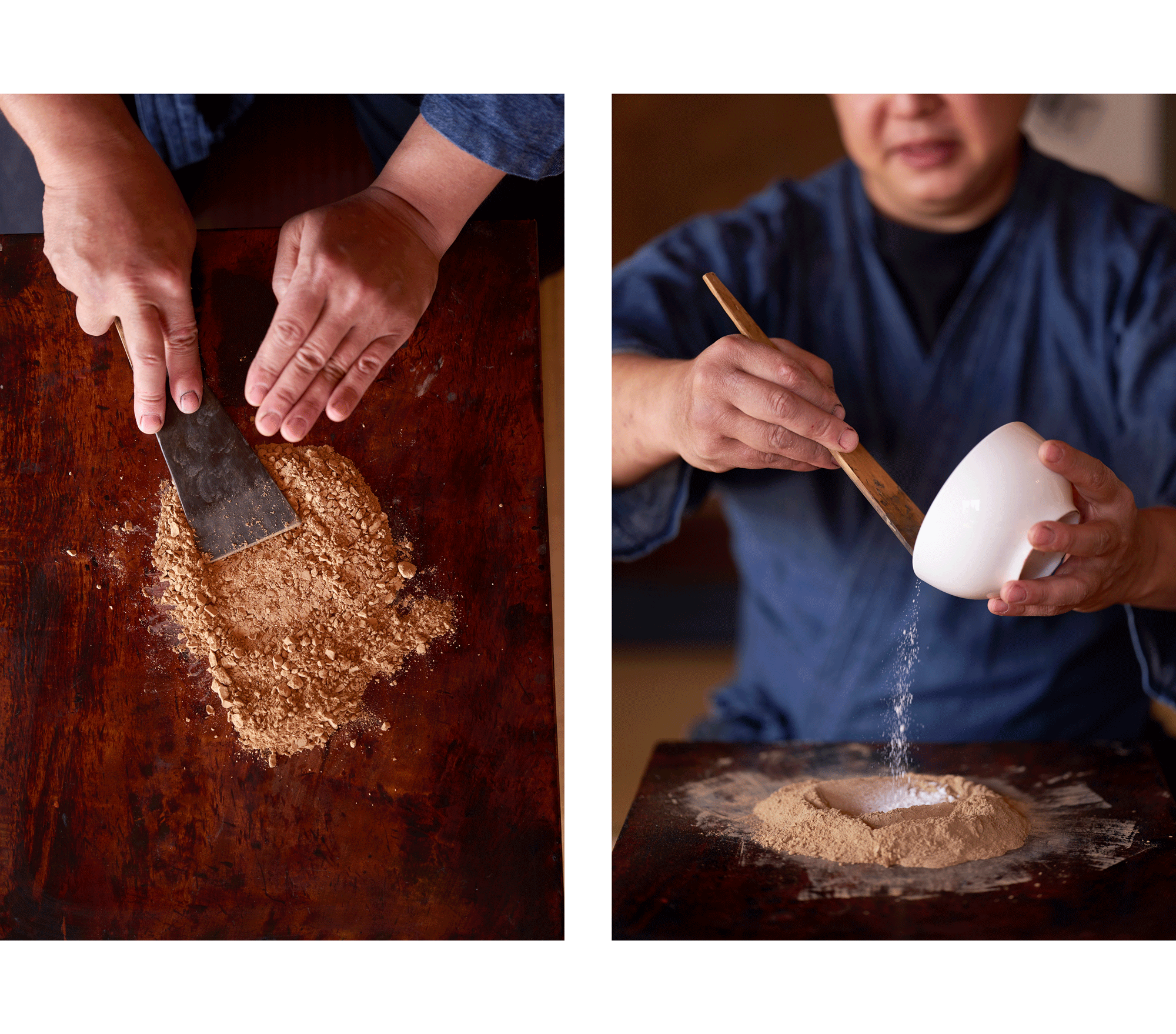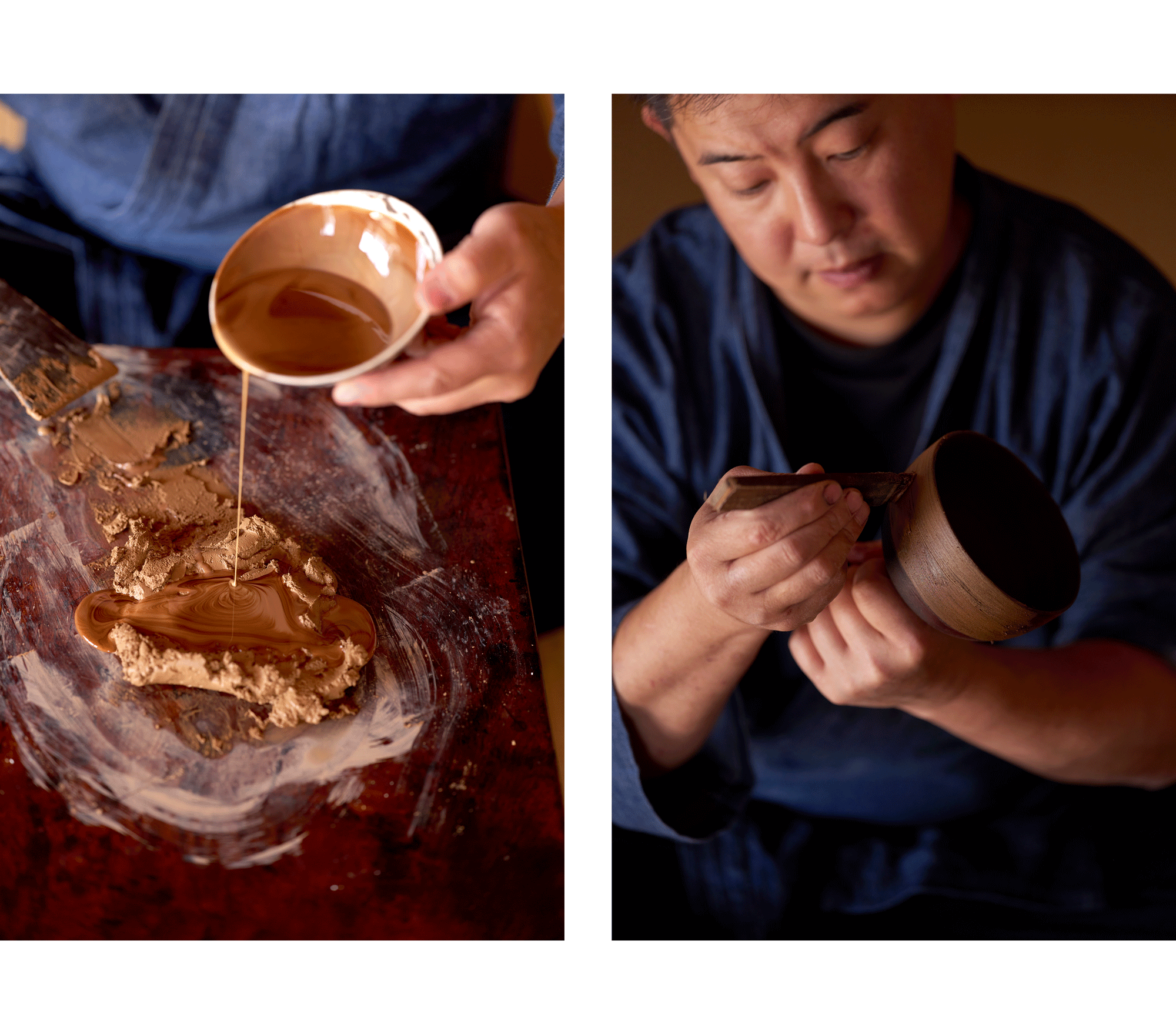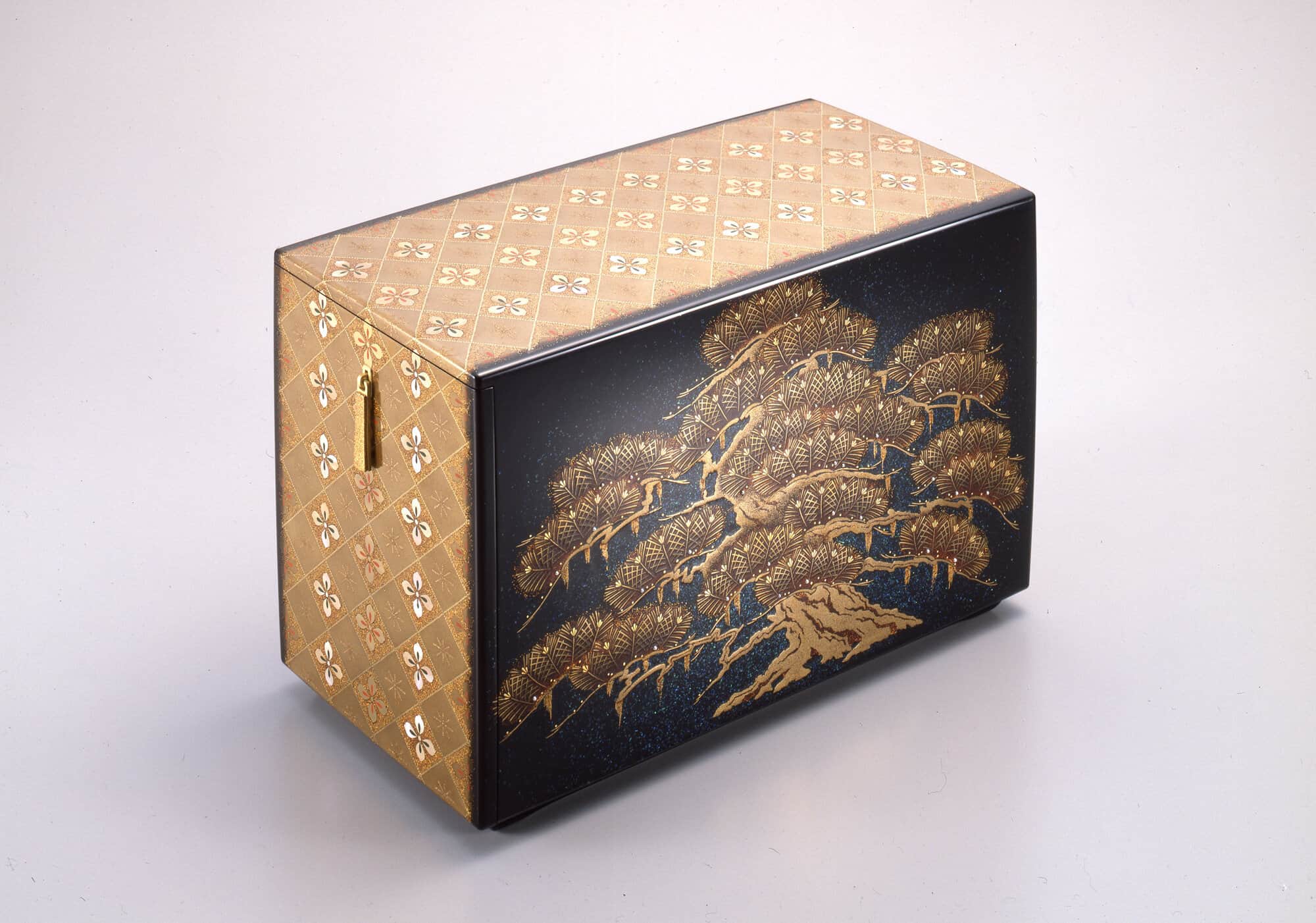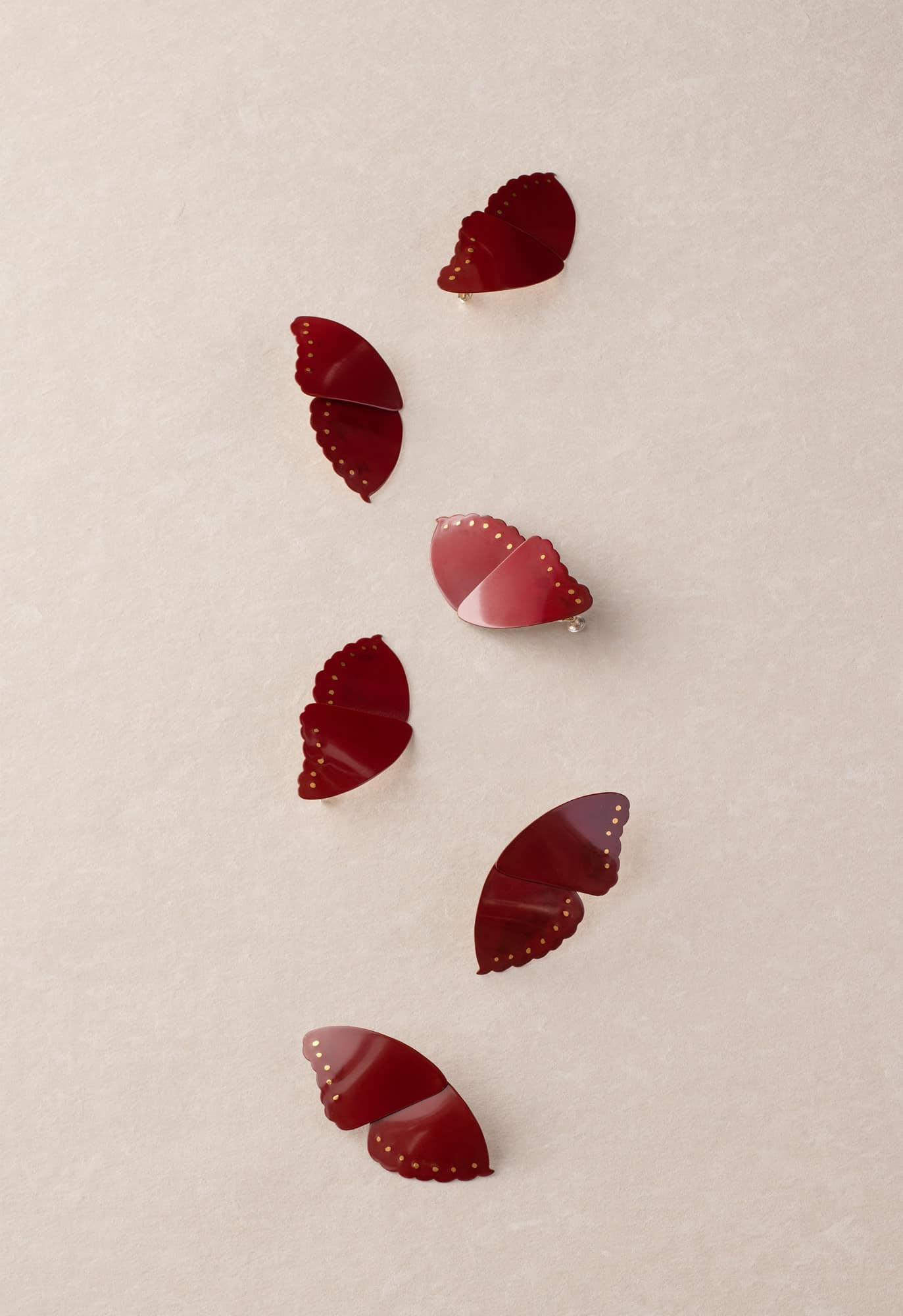INSPIRE
THE TIMELESS BEAUTY OF URUSHI, JAPANESE LACQUERWARE
INSPIRE
THE TIMELESS BEAUTY OF URUSHI, JAPANESE LACQUERWARE
“I want to make new things with timeless techniques.”
Naoya Takayama
“I want to make new things with timeless techniques.”
Naoya Takayama
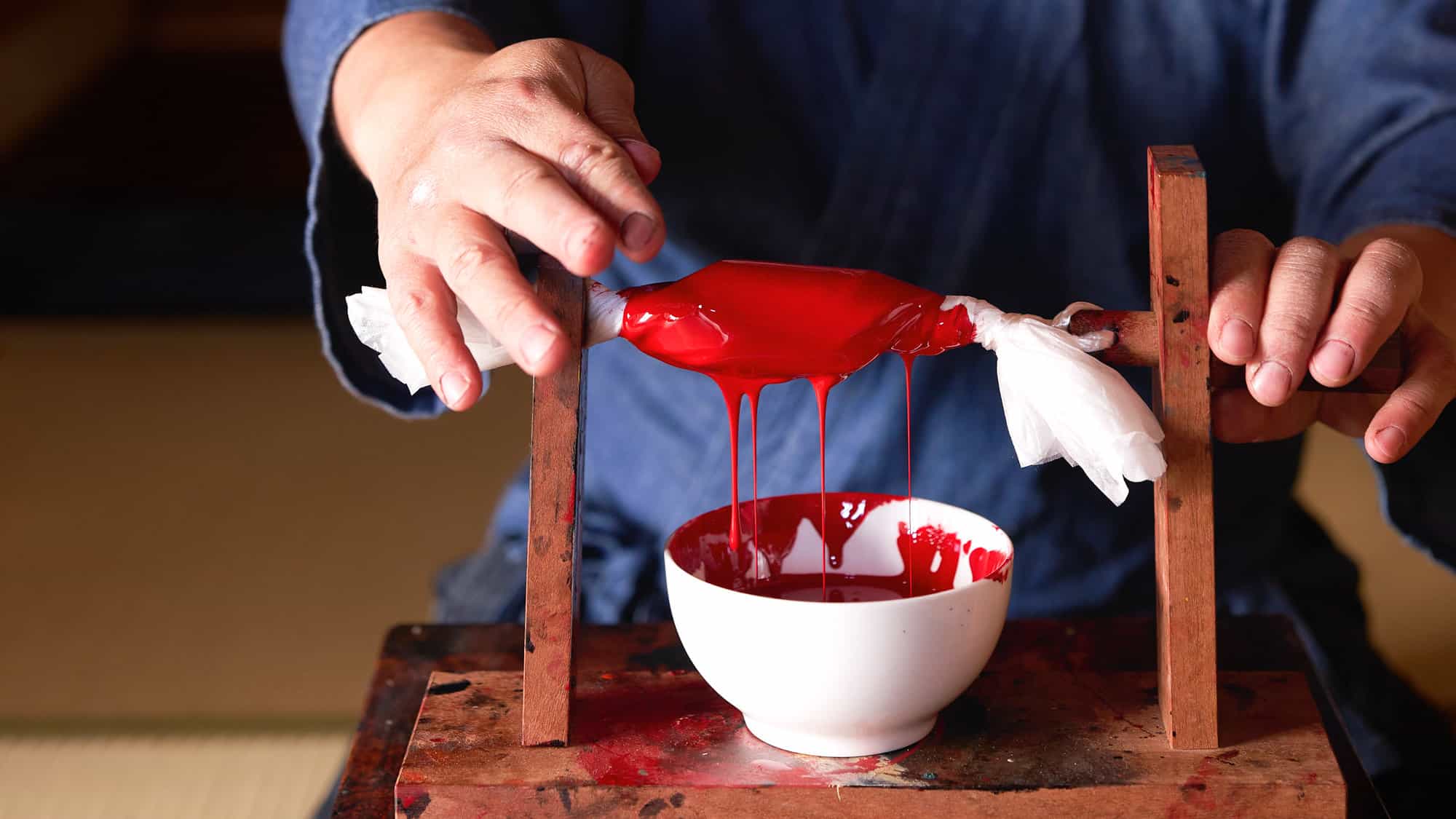

A Product for Our Times
Made from natural materials, Japanese lacquerware is a smart choice for the environmentally conscious. “It’s light and durable, and it can be used every day by both young and old,” Takayama says.
Urushi art embodies the idea, common in Japanese aesthetics, of the work being alive, of possessing an independent vitality. If a piece of lacquerware gets damaged, urushi craftsmen are on hand to give it new life. They mend it using an ancient technique called kintsugi – utilising the strong adhesive properties of urushi sap to artistically fuse chips and cracks together using gold and other metals, creating a new way for the art form to be expressed and perceived.
For those trying out urushi products for the first time, Takayama recommends soup bowls. “Pour hot soup into the bowl, hold it and the heat will transfer gently into your hands,” he says. “Japanese people sip straight from the bowl. Try it and you can enjoy the skin-like texture against your lips.”
A Product for Our Times
Made from natural materials, Japanese lacquerware is a smart choice for the environmentally conscious. “It’s light and durable, and it can be used every day by both young and old,” Takayama says.
Urushi art embodies the idea, common in Japanese aesthetics, of the work being alive, of possessing an independent vitality. If a piece of lacquerware gets damaged, urushi craftsmen are on hand to give it new life. They mend it using an ancient technique called kintsugi – utilising the strong adhesive properties of urushi sap to artistically fuse chips and cracks together using gold and other metals, creating a new way for the art form to be expressed and perceived.
For those trying out urushi products for the first time, Takayama recommends soup bowls. “Pour hot soup into the bowl, hold it and the heat will transfer gently into your hands,” he says. “Japanese people sip straight from the bowl. Try it and you can enjoy the skin-like texture against your lips.”
